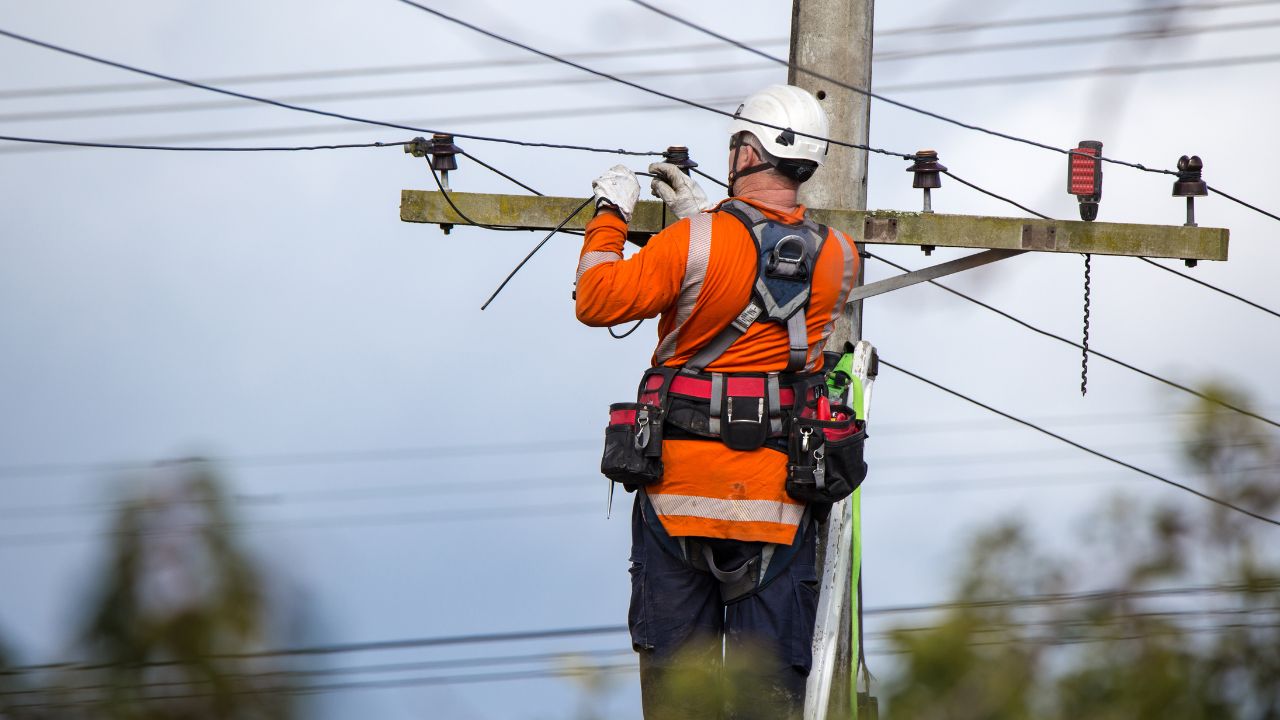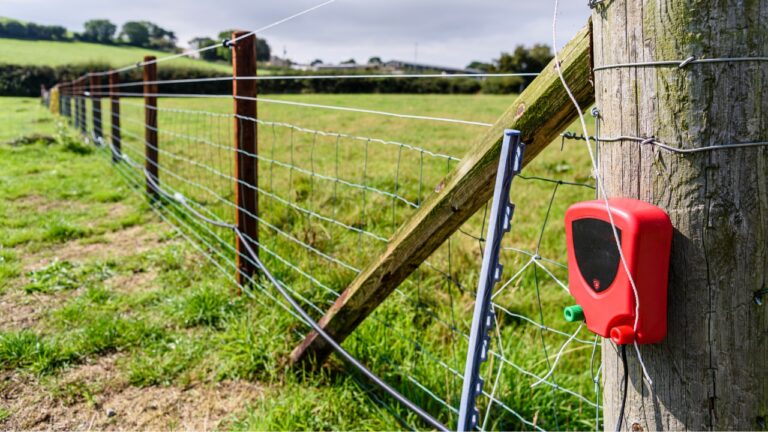11 Mistakes That’ll Make Power Setup on Land Way More Expensive
Getting power on raw land is a big milestone—but it’s also where a lot of people mess up and spend more than they should. Poor planning, unclear communication, and bad placement can all drive up the cost fast. If you’re setting up utilities, here’s what to watch for before the bill starts climbing.
Putting the Power Pole Too Far From the House
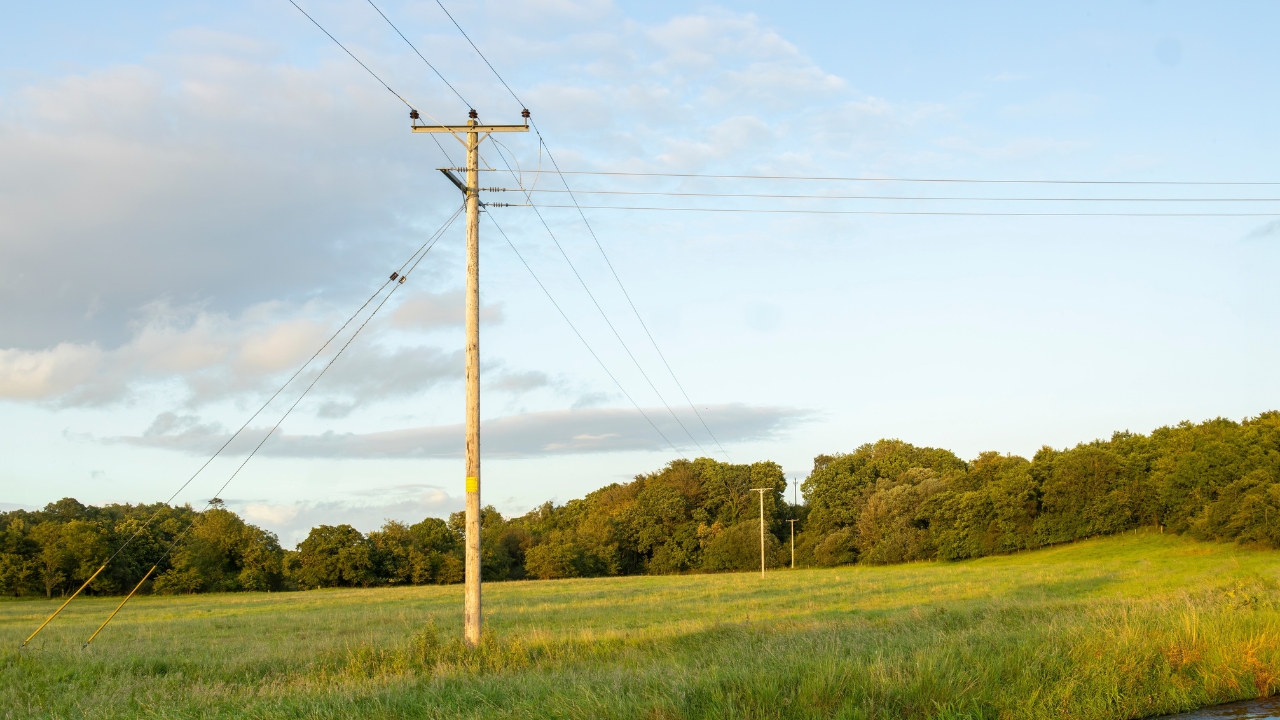
The farther your power has to travel, the more it’s going to cost. That means more wire, more trenching, and more labor. If your meter pole is sitting 300 feet from the house, expect to pay for every foot.
You can often move things closer or reroute your layout to cut this down. A little strategic planning here can save you thousands over a long run.
Skipping the Call to the Power Company Early On
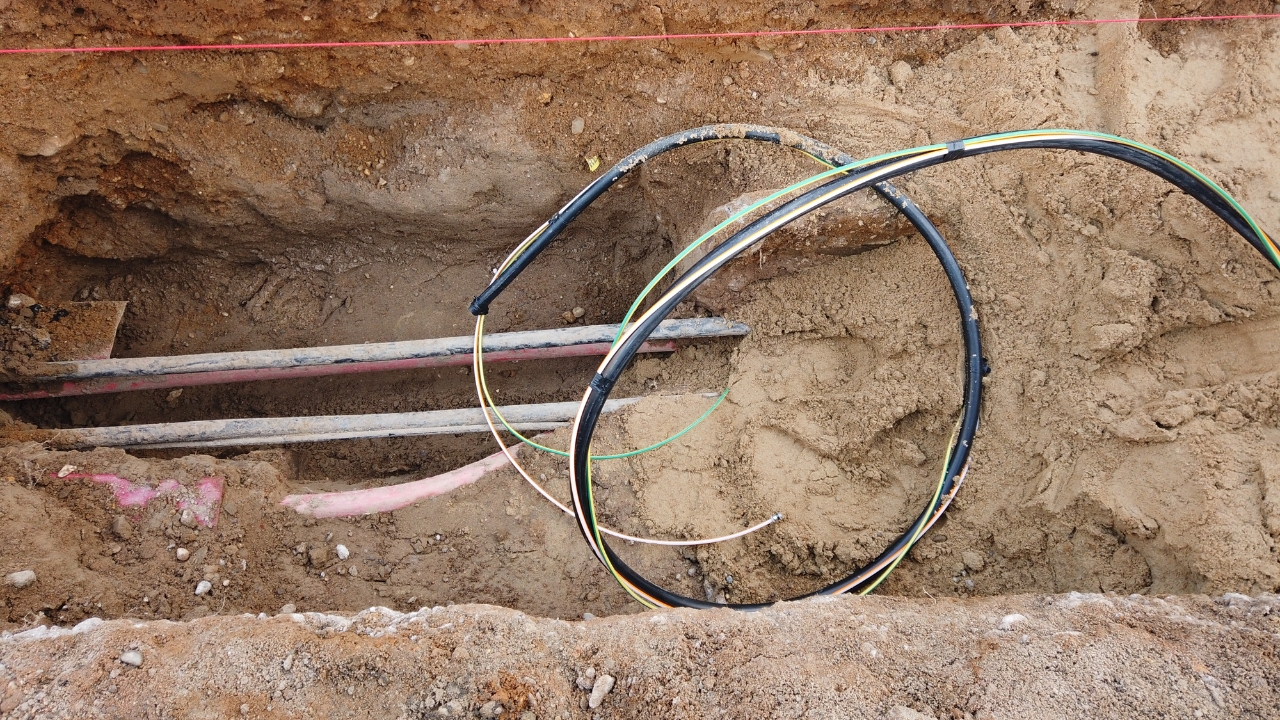
A lot of people wait too long to get their utility company involved, then get blindsided by delays or unexpected fees. You should talk to them before you ever dig or pour anything.
They’ll tell you where the lines are, what kind of service you can expect, and if there are extra charges for things like transformers or new poles. Don’t assume anything—they’ve got the final say.
Not Asking About Temporary Power Options

During your build, you’ll need power for tools and contractors. If you don’t plan for temporary power up front, you’ll end up scrambling—and paying more for a rush job.
Some areas require separate permits for temporary setups, and some don’t even allow it without a foundation poured. Check those requirements now so you’re not stuck renting a generator for months.
Ignoring the Slope and Access for Trenching

If your power needs to be trenched across a steep hill or through thick woods, that’s going to cost you extra. Rocky or root-heavy ground makes things harder too.
Plan your power route where the terrain makes sense—flat, clear, and easy to access with equipment. You don’t want to pay someone extra just because you made it harder than it had to be.
Forgetting About Future Add-Ons
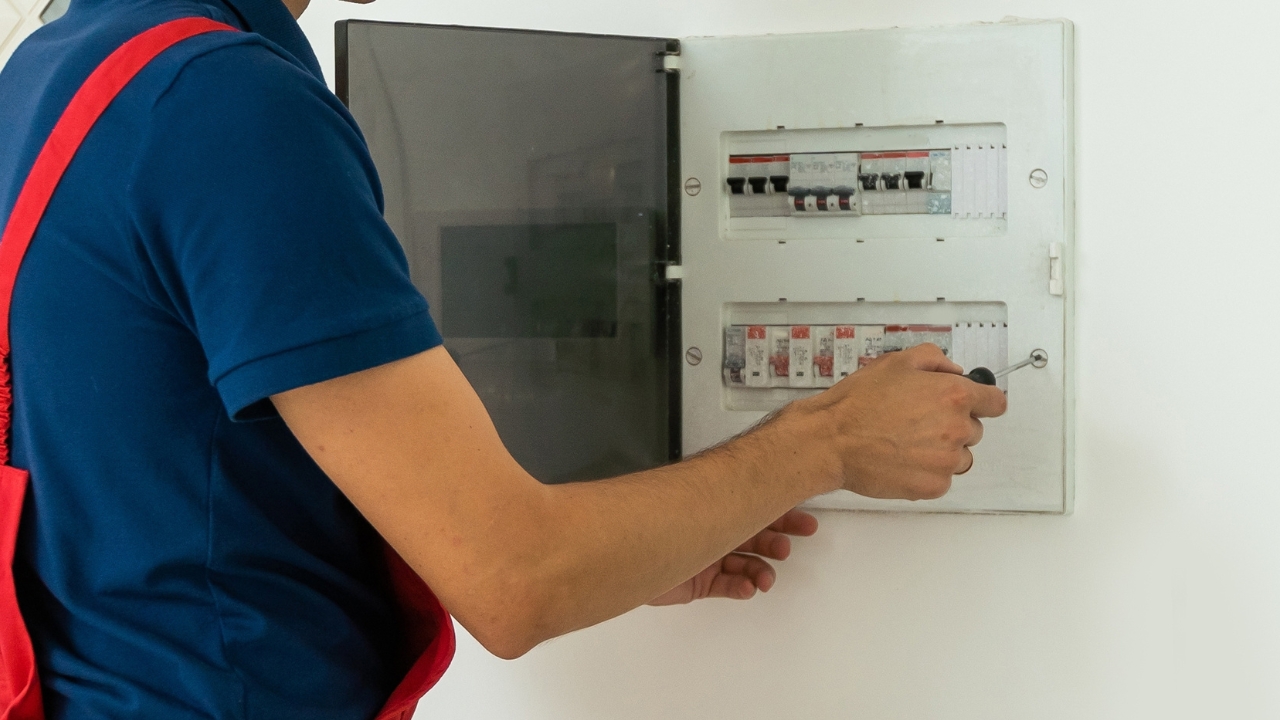
Your system should be sized for all your needs—not just the current setup. Planning a shop? Extra RV plug? Livestock waterers or outdoor lighting? That needs to be factored in now.
If you size your panel too small or forget to run extra conduit, you’ll be digging things up again in a year. Build it once, and leave room to grow.
Letting the Contractor Handle It All Without Oversight

It’s tempting to let the contractor handle every step, but that can backfire. Some will cut corners or use lower-grade materials if you’re not paying attention.
Stay involved. Ask what gauge wire they’re using, how deep they’re trenching, and what’s included in the bid. Being informed helps prevent surprises when the final invoice rolls in.
Not Confirming the Service Type You’ll Get
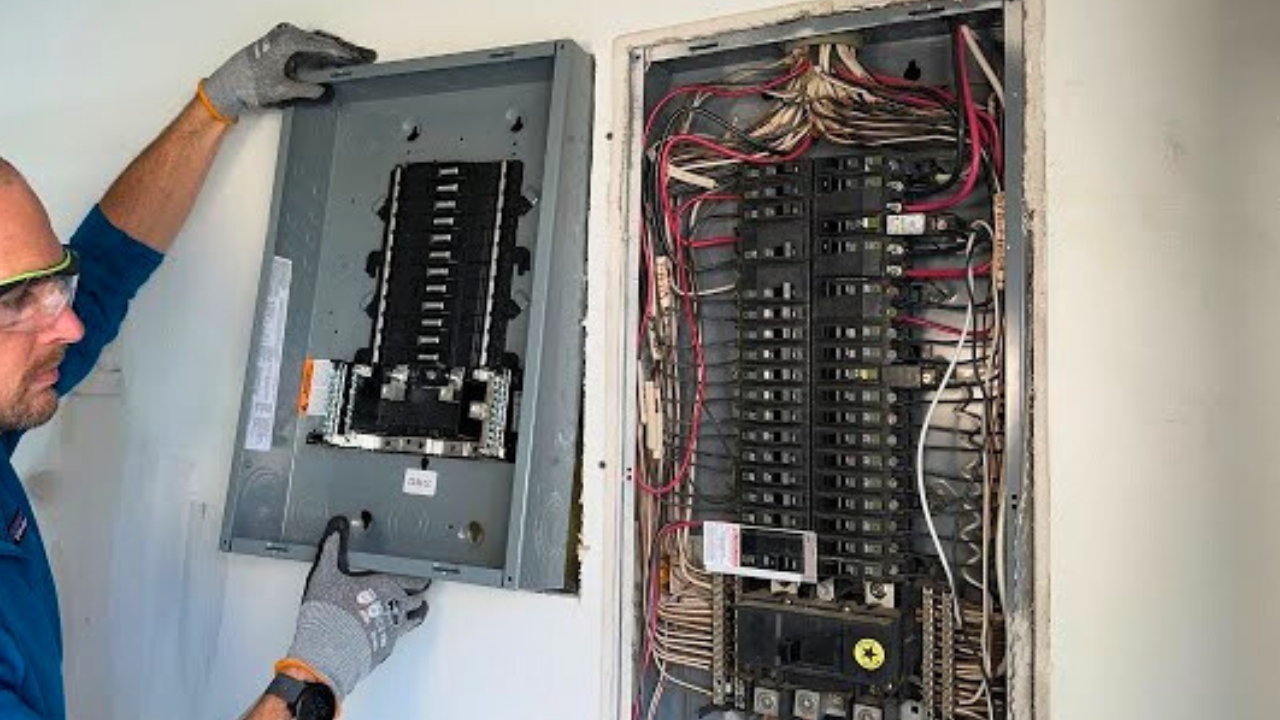
Some areas don’t offer standard 200-amp service or might limit you to single-phase if you’re far from the grid. That might be fine—or it might limit what you can run.
Don’t assume you’ll get the same power setup as a neighborhood home. Get clear confirmation from the utility company on what’s available and if upgrades are even possible.
Running Lines Before You Finalize the House Location

If you trench and run power before you’ve nailed down where the house will sit, you’re setting yourself up for extra work. You might end up too far away or in the wrong direction entirely.
Finalizing your house pad and key structures should come first. Then run your lines. Otherwise, you’re pouring money into a layout that might not even make sense long-term.
Going Overboard With Underground Conduit
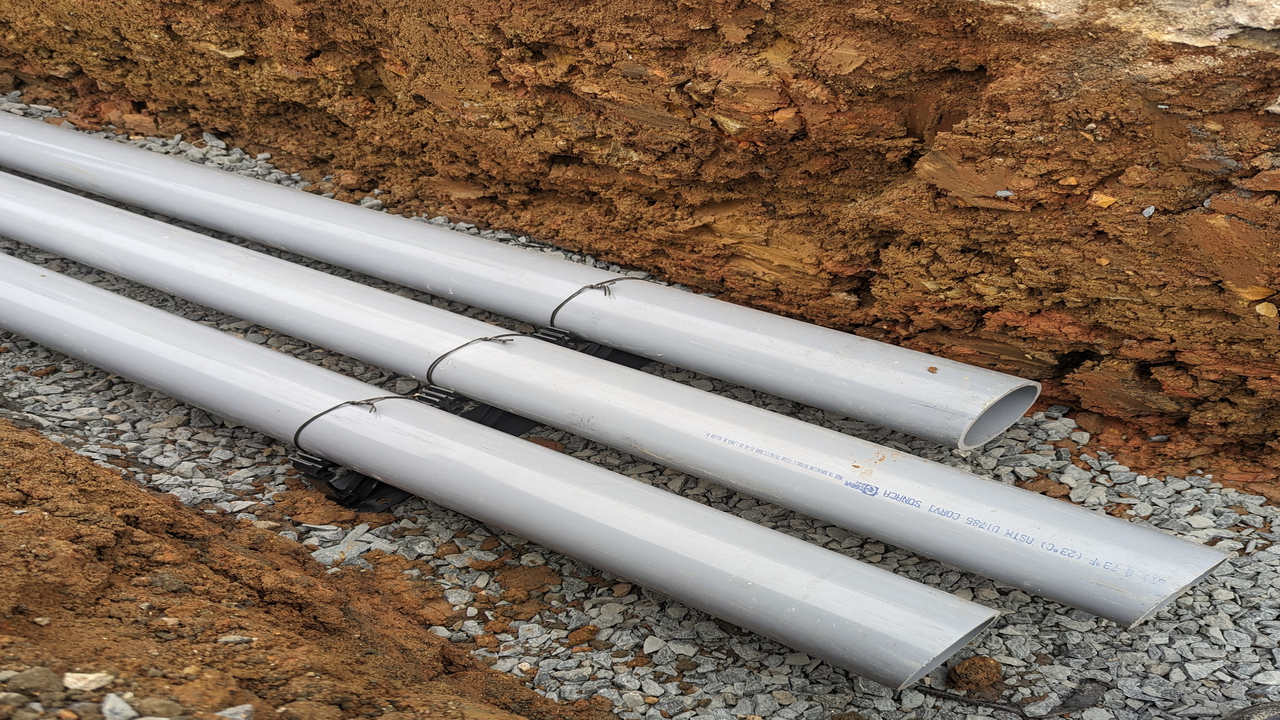
Underground conduit is a good thing—but overdoing it or choosing oversized pipe when you don’t need to can add hundreds to the materials list. Make sure you’re not buying more than necessary.
Use quality stuff, but don’t let someone talk you into gold-plated options that aren’t needed for your specific use. Ask what’s required, what’s recommended, and what’s overkill.
Overlooking the Permits or Inspections
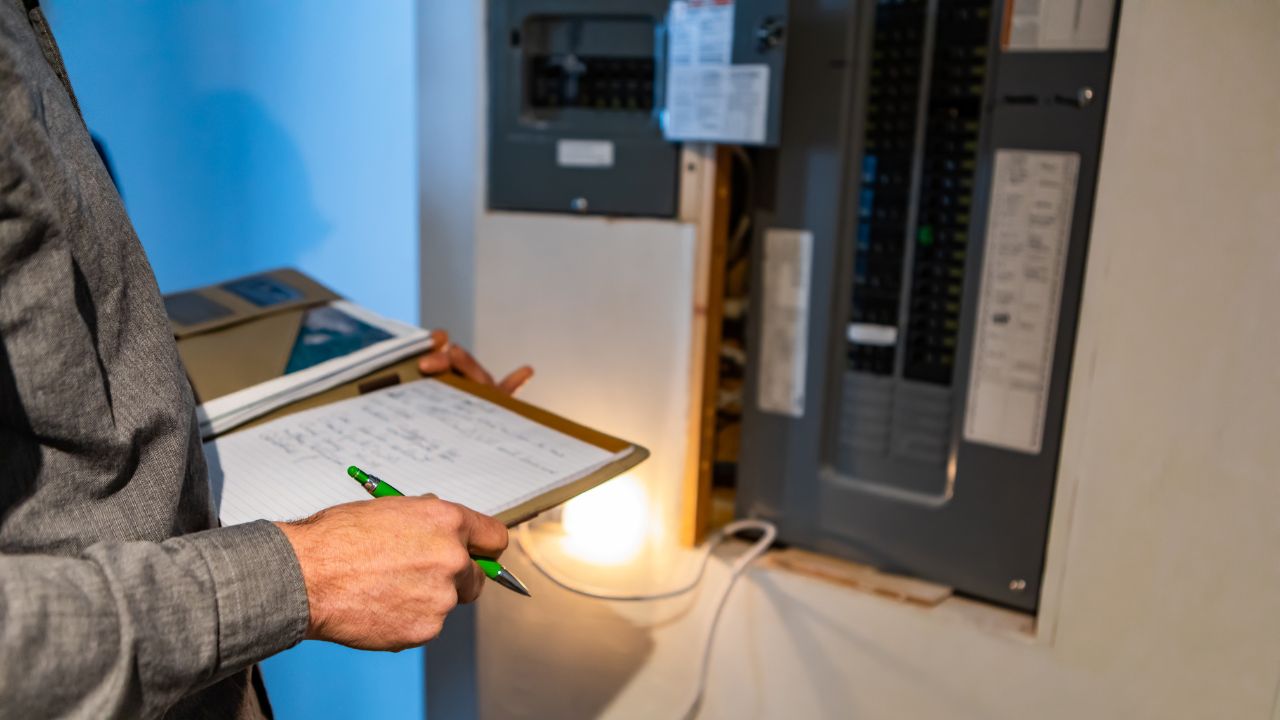
Even in rural areas, most electric installs need permits, and many require an inspection before the power company will hook you up. Skipping this step can delay your project fast.
Call your county or state office and ask what’s required in your zone. Don’t trust hearsay—get it straight from the source. Otherwise, your panel might sit unused while you scramble for paperwork.
Not Running Internet or Other Lines at the Same Time

If you’re already trenching, it’s smart to run extra conduit for internet, phone, or other utilities at the same time. Doing it later means tearing up the ground again or paying another contractor to come out.
Even if you’re not ready to hook anything up yet, it’s worth it to plan ahead. One trench, multiple lines—it’s cheaper and saves a ton of hassle down the road.
*This article was developed with AI-powered tools and has been carefully reviewed by our editors.

